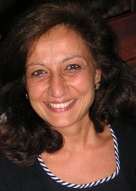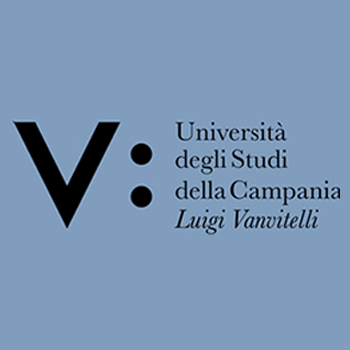
The next PoreLab lecture will take place on Wednesday, November 24th at 1 PM (Oslo time).
We will welcome the lecturer, Lucilla De Arcangelis, from the University of Campania “Luigi Vanvitelli” (Department of Engineering).
You will be able to join with the following link:
https://uio.zoom.us/j/65837085049?pwd=WjZianUyN3FJa2liQkxBbzQrOCtGdz09
The title and abstract for this presentation are below:
Acoustic fluidization and remote earthquake triggering
Occasionally, a major earthquake can trigger additional events at distances up to 1000 km away. How that happens is a longstanding puzzle since the amplitude of the seismic waves decreases the farther they travel. We address this problem by a numerical approach modelling the seismic fault as a granular medium (the fault gouge) confined between two rough rigid plates. We show that the unexpected weakness of some faults can be attributed to the emergence of acoustic waves that promote failure by reducing the confining pressure, mechanism known as acoustic fluidization. Indeed, the stick-slip dynamics in a granular seismic fault model is strongly affected by perturbations applied at a characteristic frequency, promoting oscillations normal to the fault, which lead to gradual dynamical weakening and failure. Acoustic waves at the same characteristic frequency spontaneously emerge at the onset of failure in the absence of perturbations. From the micromechanical point of view, particles belonging to the percolating backbone, which sustains the stress, perform synchronized oscillations over elliptic-like trajectories parallel to the fault plane at the characteristic frequency of acoustic fluidization. As the applied shear stress increases because of the incoming seismic wave, these oscillations can become perpendicular to the fault plane, opposing the confining pressure and leading to failure. Seismic waves at the characteristic frequency, even with a very small amplitude, can lead to remote earthquake triggering.
Hope you see in this lecture!

